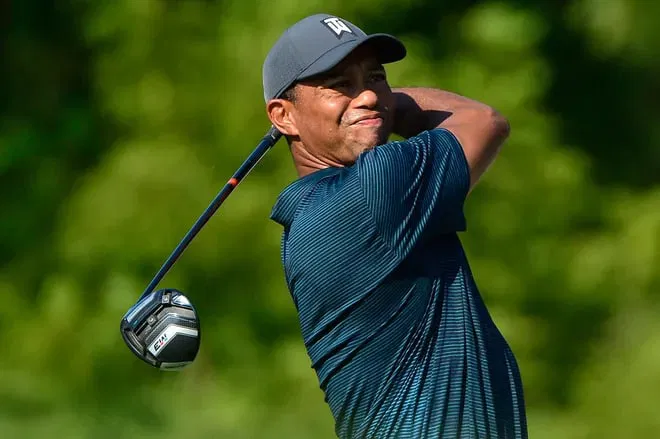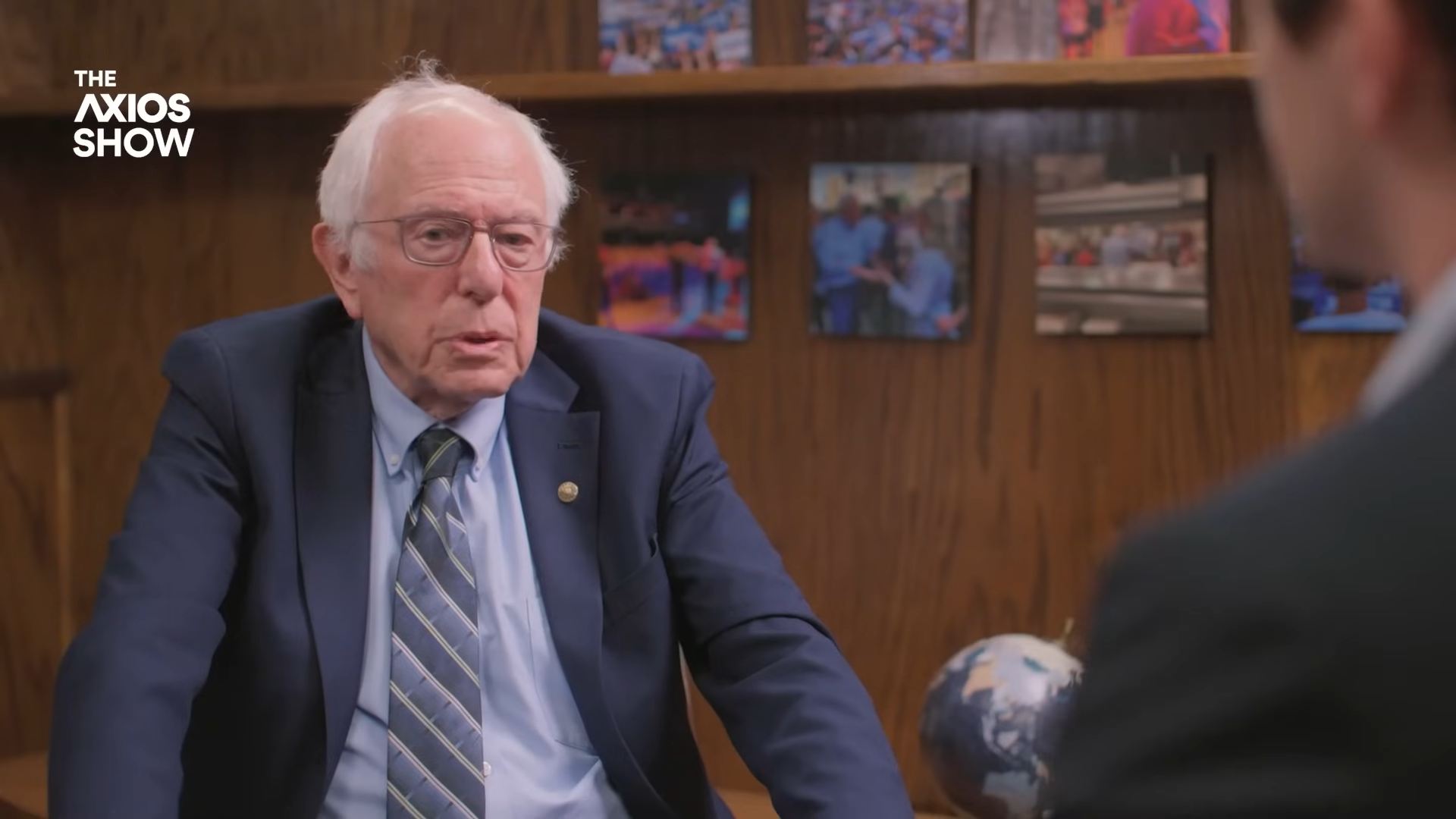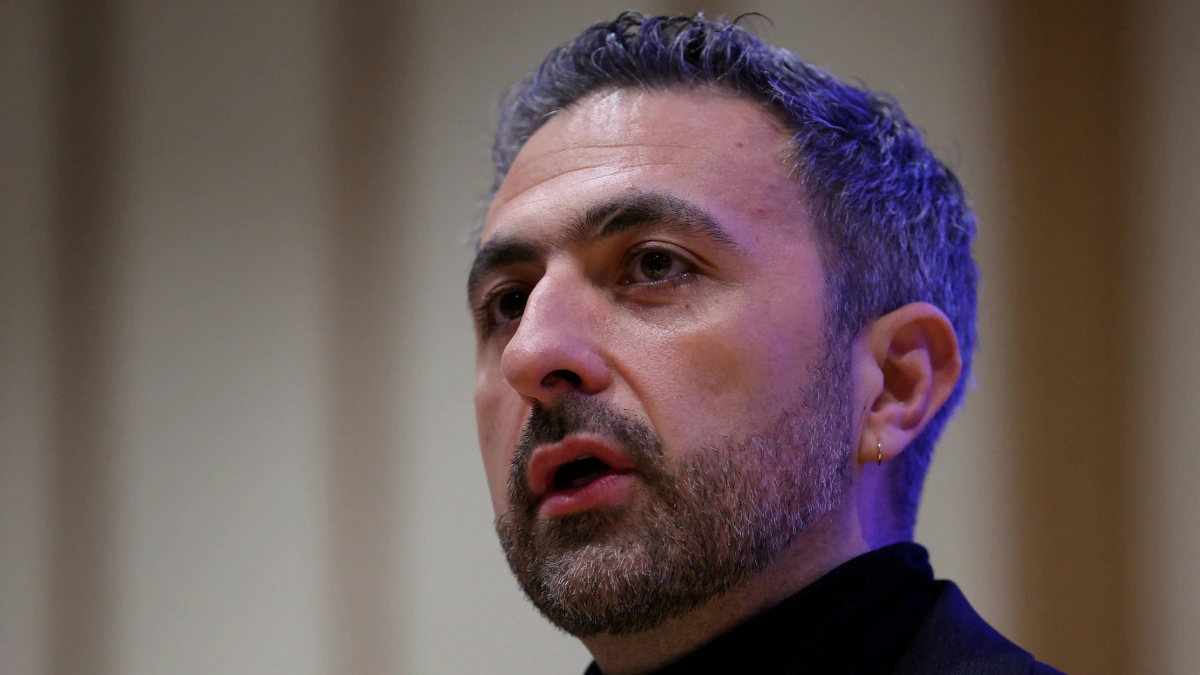Copyright Essentially Sports

Golf’s longest hitters keep smashing records. Data from the PGA Tour shows that Kevin Yu hit a 452-yard drive at the 2025 Bank of Utah Championship. Right below him is Kurt Kitayama, who hit a 450-yard drive at the same event. These hits entertain fans and spark great conversation among both professionals and golf enthusiasts, yet not everyone is celebrating. While many cheer on these massive hits, it’s becoming an issue for golf courses. Some of the game’s most treasured courses are running out of room to defend themselves because of the growing distance issue. When a golf course as iconic as St. Andrews needs extra yards to stay relevant, it’s clear something in the modern game has shifted. Amid all the debate over how to address the issues, retired tour pro Mark Allen has an interesting solution related to Tiger Woods’ game. “There needs to be a compromise. And I think the only way you can compromise is that for scratch men golfers and the highest level in professional sport, so all professionals on the men’s side until you get to the age of 50, they are forced to use a driver like Tiger used. Maybe even that one might be a fraction too big. The Tiger Slam driver 975D,” Allen said on the Talk Birdie To Me podcast. “Just like Simon Davyy was telling us, the mishits on the 975D were significant, and made the ball move a lot less or a lot more for cuts and slices.” ADVERTISEMENT The distance issue is becoming worse with every passing year. For instance, the PGA Tour records show that the average driving distance in the 2014-2015 season was 340. It then increased to 350 for the 2019-2020 season. Now, it is 359 in 2025. As Mark Allen notes, and many other professionals say, the distance issue results from better equipment. “It’s a big part of the game to where we don’t all use the same equipment. Yeah. We don’t all use the same ball. It’s the only sport in the whole world where we don’t use the same ball. You’re free to use whatever hell the ball you like,” Allen said. Thus, his solution of limiting professionals’ arsenal to curb the distance issue makes sense. Tiger Woods used the Titleist 975D driver during the prime of his career. It had a 260cc head size, which is significantly less than modern drivers that often approach 460cc. The smaller head size is less forgiving on mishits, but also gives greater control to skilled golfers. Compared to modern drivers, the 975D produces less ball speed and carry distance because of a smaller face size and less technological assistance. For example, tests show carry distances ranging from 240 to 270 yards. This is notably less than the 270-300+ yards commonly seen today with larger drivers and optimized balls. ADVERTISEMENT As the distance issue grows, many courses lengthen their layouts. Golf enthusiasts often hail St. Andrews as the birthplace of the game. Because of the distance issue, management is lengthening the course by 132 yards. It will go from 7,313 yards to 7,445 yards before the 2027 Open Championship. Course designers will lengthen holes 5, 6, 7, 10, 11, and 16, and slightly shorten hole 12. ADVERTISEMENT Read Top Stories First From EssentiallySports Click here and check box next to EssentiallySports “We believe this work is important in ensuring the Old Course continues to evolve and challenge the world’s best golfers in the years to come while enhancing the experience of local and visiting golfers,” Mark Darbon, Chief Executive of The R&A, said while announcing the changes. Many other golf courses are undergoing the same consequences of the distance issue. For instance, course officials have gradually lengthened the Riviera Country Club several times over the last two decades. Pinehurst No. 2 has also been redesigned multiple times under the restoration efforts led by Rees Jones. Similarly, designers are building new courses with lengths of around 7,200 yards or more to combat the challenge. This has also led to the golf ball rollback rule. The USGA and R&A announced that golf balls would be “rolled back” to limit distance. For Tour pros, this takes effect in 2028, and for recreational golfers, in 2030. “Listen, I get this isn’t easy and everybody has got their own constituents,” USGA commissioner Mike Whan said about the rule. Mark Allen’s solution adds a bit more constraints on golfers and prevents them from hitting long yards. Although some may not take it well, it can certainly make the game a bit more challenging and, thus, more entertaining. ADVERTISEMENT However, Mark Allen is not the only professional who has a solution. Many elites have weighed in on the distance issue. Golfers besides Mark Allen who have a solution for the distance issue While Mark Allen gave a solution of using Tiger Woods’ driver, the legend himself had a similar solution. He threw in the idea of bifurcation. In 2020, the USGA and R&A’s Distance Insight Project was released, and many golfers gave their opinions. “This continuing cycle of hitting increases and golf courses getting longer is detrimental to golf’s future,” Phil Mickelson said. That’s when Woods weighed in on the bifurcation idea. “I think that is certainly in the discussion, it’s on the table whether we bifurcate or not,” Woods said. ADVERTISEMENT According to Woods, redesigning the golf courses alone is neither ideal nor a long-term solution. This is especially true for older courses. It can be difficult to lengthen a course because of property constraints. “So there’s a very delicate balancing act,” Woods said. He also acknowledged that modern-day drivers and other equipment add to the enjoyment of the game. Thus, there should be a lot of factors to consider here. Besides Tiger Woods and Mark Allen, Billy Horschel also had a take on it. Horschel doubts that rolling back the golf ball will sufficiently address the distance problem, believing the golf ball itself is not fully to blame. “There’s many factors into this and I don’t believe the golf ball should’ve been singled out,” Horschel told the No Laying Up podcast. Instead, he proposes focusing on regulating driver head technology to reduce the forgiveness of mishits. This forgiveness factor has contributed significantly to longer distances. He suggests curbing driver technology advancements rather than punishing players for their skill. Mark Allen, Tiger Woods, Billy Horschel, and many others have their own version of a solution for the distance issue. In the end, it will be upon the governing bodies to decide how to curb the problem.



